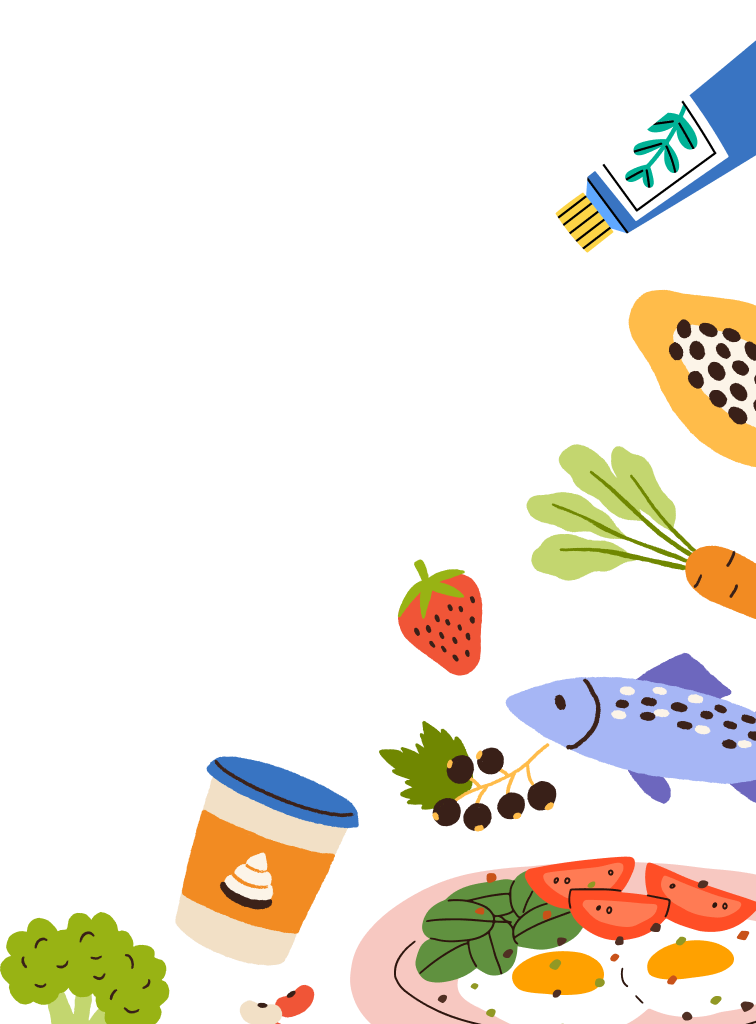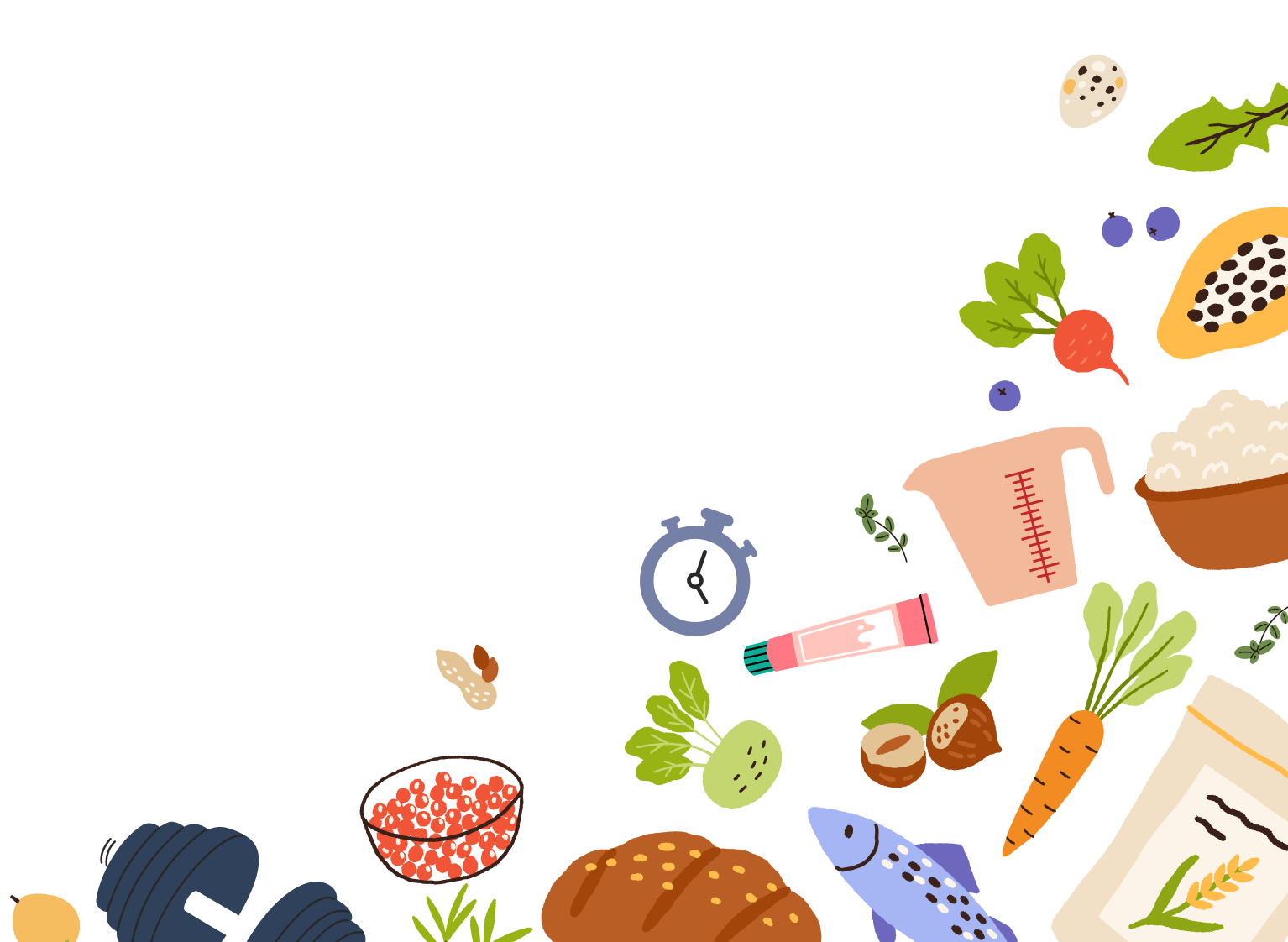Are Postbiotics the new Probiotics?
If you have read anything about gut health in the past few years (and I’m guessing you have), chances are you’ve heard plenty about prebiotics and probiotics. Both are imperative to a healthy and regular gut, among many other health benefits. But have you heard of postbiotics?
Before we dive into the details of postbiotics, let’s review a bit about fiber, the microbiome and how both play a major role in your overall health. To put it all simply, a microbe is a generic term for all living microscopic organisms, like bacteria, fungi and viruses. A microbiota is a community of microbes. The microbiome is an entire ecosystem of microbiota.
We each have a unique microbiome, determined first by our DNA. Humans are first exposed to bacteria in infancy (birth canal, mother’s breast milk) and later through environmental exposures. These microbes we become exposed to, can both help and hurt our overall health. That brief description is oversimplifying the very important supporting organ, that is our microbiome. But let’s move on to fiber and how it helps to build up a healthy gut microbiome.
There are two types of fiber. Soluble fiber is beneficial to the heart, slowing down digestion and nutrient absorption. Insoluble fiber provides the “bulk” for stool formation and movement of food throughout the body. Both are necessary components of a balanced diet and can be found in foods like fruits, vegetables, whole grains and legumes.
But what does fiber have to do with pre-, pro- and postbiotics?
Prebiotics, in simple terms, are the fibers found in fruits, vegetables and whole grains that gut bacteria feast on in the microbiome, providing good bacterial growth. These fibers can only be broken down by microbiota living in the colon. The result of this breakdown is fermentation, which ultimately lowers the pH of the colon, inhibiting the growth and survival of some harmful bacteria and promoting the growth of healthy gut bacteria.
The highest amounts of prebiotic fibers can be found in raw garlic, onion, leeks, dandelion greens, and bananas. (Did that list just make your sensitive stomach turn? All fruits, vegetables, beans and whole grains provide prebiotics). Bottom line? Prebiotics are the food for probiotics.
Probiotics are probably the most famous of the gut bacteria and are the actual gut microbes themselves. These microbes survive in the gut, strengthening the barrier against infection and aiding in digestion and nutrient absorption. Fermented foods like yogurt, kefir, Kimchi, sauerkraut, sourdough bread, and kombucha are all good sources of probiotics.
Now for the star of the show, postbiotics.
Postbiotics are the waste left behind once your body is done digesting pre-and probiotics. They are the components of the probiotic fermentation process happening in the gut and are no longer living organisms. Some research suggests that many of the benefits attributed to probiotics might in fact be due to postbiotics. Postbiotics are being shown to have anti-inflammatory, antioxidant and anti-cancer properties.
In summary, prebiotics feed probiotics, and postbiotics are the waste product of probiotics. This cycle promotes a healthy gut microbiome, which research shows us plays a major part in our overall health.
For those with IBS, fiber is a fickle friend. Can’t tolerate garlic, onions or dandelion greens? Try eggplant or zucchini. Peaches, pears and apples cause too much discomfort? Opt for small servings of strawberries, blueberries or grapes. Whole wheat bread doesn’t sound appealing? Sourdough is a great choice for a sandwich or the side of a bowl of soup.
Remember that we are looking for progress over perfection. Adding tolerable servings of high fiber foods to your diet will support your microbiome and provide great benefit.




















Comments
Join The Conversation...